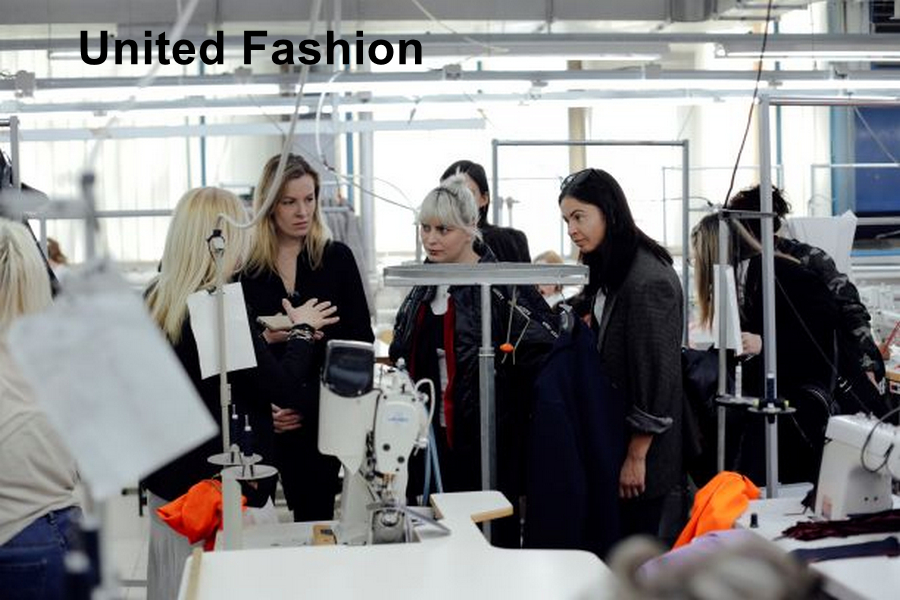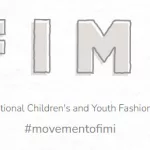
The United Fashion project is run by a network of 7 European fashion promotion associations from 6 different countries.
Fashion has always been at the forefront of innovation — from the invention of the sewing machine to the rise of e-commerce. Like tech, fashion is forward-looking and cyclical. Estimated to be worth more than $3T by the end of the decade, according to CB Insights’ Industry Analyst Consensus, the fashion sector is also one of the largest industries in the world.
Textile and clothing retail are linked together because textile manufacturing as an industry leads to the production and sale of clothing items. Textiles also include workwear, sportswear, various home textiles and bedding. The German clothing retail sector generated fluctuating, but generally increasing amounts of revenue in the last two decades, passing the 30 billion euros mark after 2014. German consumers spent 65.3 billion euros on clothing and shoes in 2020. “Consistently, the most popular retailers to shop for clothing and textile products were Otto (an online retailer), H&M and C&A,” says a recent report of CB Insights.
CB Insights is a technology based market intelligence platform whose software algorithmically analyzes this data to help clients see where the world is going tomorrow, today.
Tech is automating the fashion designer
A look at the evolution of the fashion industry reveals where technology is taking it next, from AR/VR dressing rooms to temperature-changing smart fabrics and beyond. And today, fashion technology is growing at a faster pace than ever. Robots that sew and cut fabric, AI algorithms that predict style trends, VR mirrors in dressing rooms, and an array of other innovations show how technology is automating, personalizing, and speeding up the fashion space.
Fashion brands of all sizes and specialties are using technology to understand customers better than ever before. As those data collection efforts grow more sophisticated, artificial intelligence will reshape brands’ approach to product design and development, with a focus on predicting what customers will want to wear next.
Outside of fashion, manufacturers are already using AI to generate out-of-the-box prototypes for products ranging from aircraft parts to golf equipment. Generative design software is expected to be a $44.5B market by 2030, per CB Insights’ Industry Analyst Consensus.
CB Insights’ latest report highlights the trends reshaping how our clothes and accessories are designed, manufactured, distributed, and marketed. Contact them for more information via Email.





